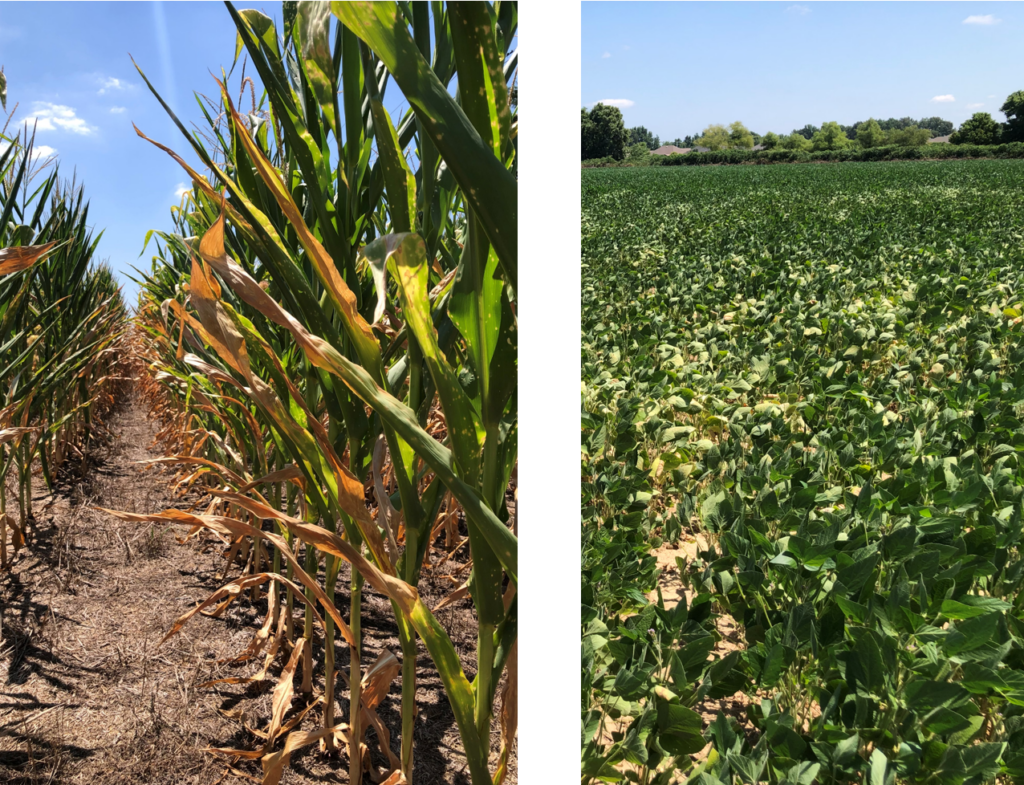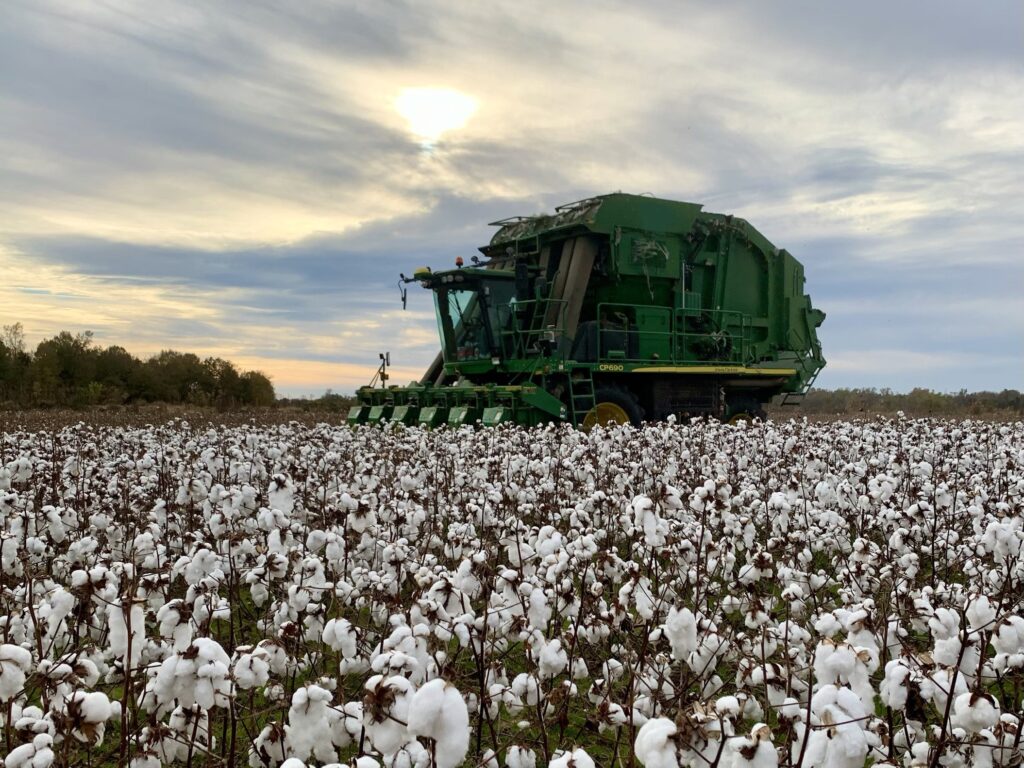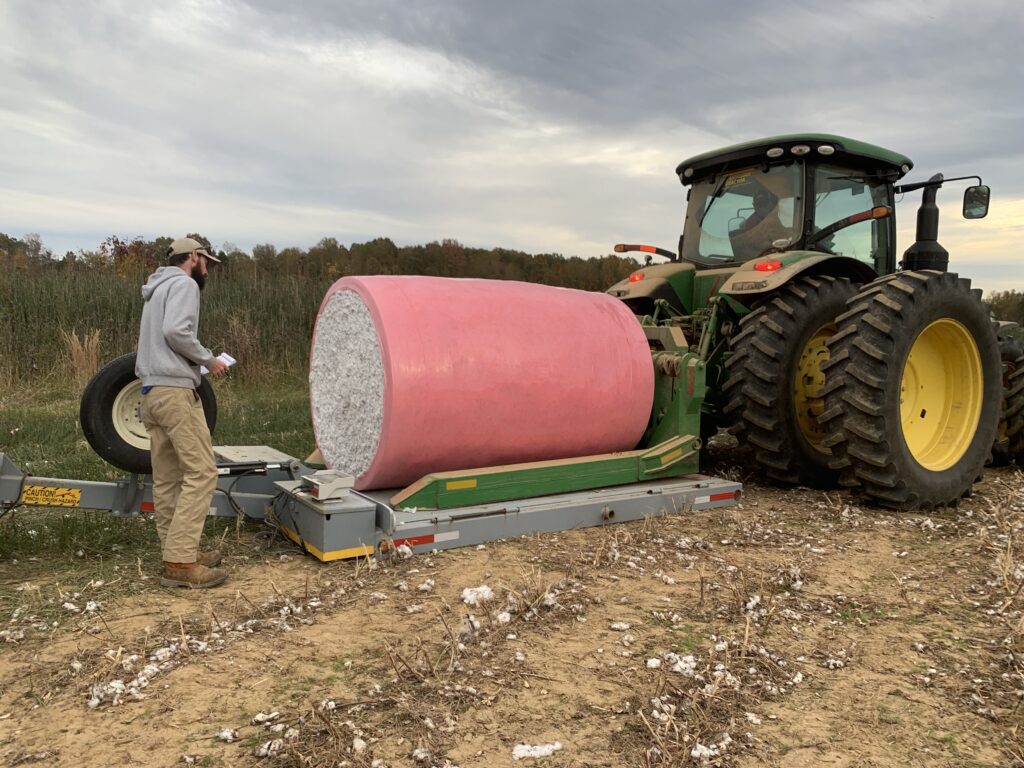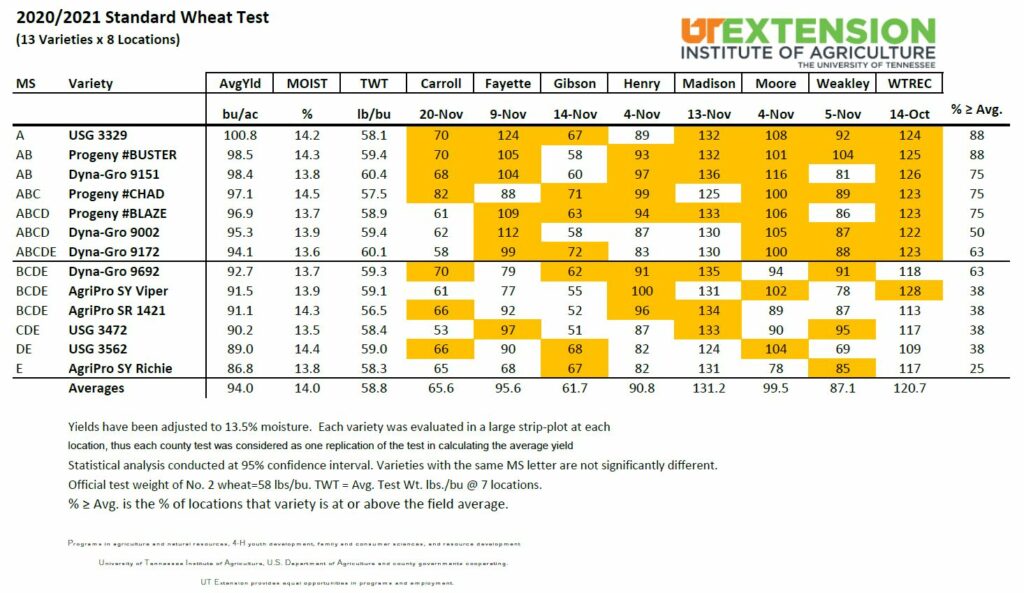 As many of you know, Dr. Angela McClure, our Extension Corn and Soybean Specialist, retired at the end of June after 20 years of service. Dr. McClure will be greatly missed. We are actively searching for a replacement and hope to have the position filled quickly. In the meantime, my colleagues and I will do our best to cover these commodities until the position is filled.
As many of you know, Dr. Angela McClure, our Extension Corn and Soybean Specialist, retired at the end of June after 20 years of service. Dr. McClure will be greatly missed. We are actively searching for a replacement and hope to have the position filled quickly. In the meantime, my colleagues and I will do our best to cover these commodities until the position is filled.
Rainfall (or lack thereof) has been the main topic of conversation in double crop soybean, full season soybean and corn. Several specific questions have arisen lately on irrigation management and how to maximize returns during 2022. With help from several of my colleagues, I’ve worked to update a previous post of Dr. McClure’s with information from 2022. Continue reading



 Preliminary data from the 2021 TN Cotton CSTs is now available. We are releasing an average table for the XtendFlex trials and the Enlist trials today and hope to release the quality and individual location results in the near future. Keep in mind the XtendFlex and Enlist trials are conducted separately, so direct comparisons between tables cannot be made from this dataset. Also, stay tuned for the OVT small plot trial data average table which includes 41 commercial and pre-commercial varieties.
Preliminary data from the 2021 TN Cotton CSTs is now available. We are releasing an average table for the XtendFlex trials and the Enlist trials today and hope to release the quality and individual location results in the near future. Keep in mind the XtendFlex and Enlist trials are conducted separately, so direct comparisons between tables cannot be made from this dataset. Also, stay tuned for the OVT small plot trial data average table which includes 41 commercial and pre-commercial varieties. 
 Preliminary data from the 2020 TN Cotton CST Data is now available. We are releasing an average table for the XtendFlex trials and the Enlist trials today. We only tested the XtendFlex and Enlist varieties together in a handful of locations. I will release the average tables from those locations later, along with results from each individual location. Also, stay tuned for the OVT small plot trial data average table which includes 44 commercial and pre-commercial varieties. The last of the OVT samples should gin during the first of next week.
Preliminary data from the 2020 TN Cotton CST Data is now available. We are releasing an average table for the XtendFlex trials and the Enlist trials today. We only tested the XtendFlex and Enlist varieties together in a handful of locations. I will release the average tables from those locations later, along with results from each individual location. Also, stay tuned for the OVT small plot trial data average table which includes 44 commercial and pre-commercial varieties. The last of the OVT samples should gin during the first of next week. 